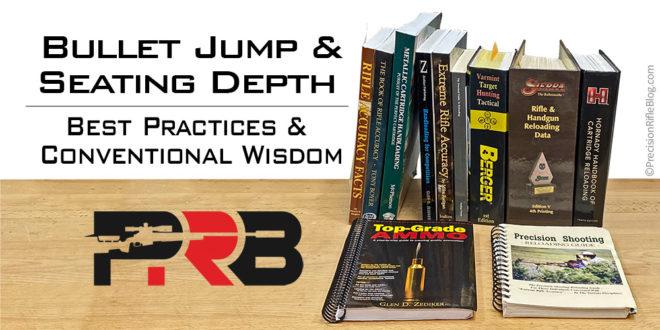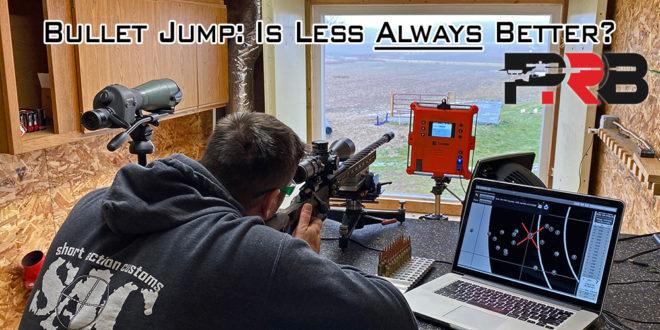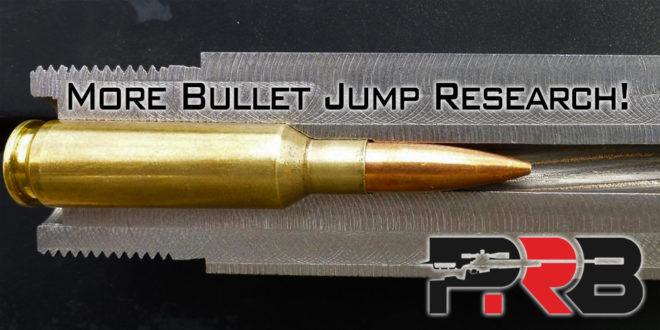QuietTexan
Well-Known Member
Why bullet are you wanting to load? There are several different schools of thought on seating depth, and each of them tends to be correct in the context of using the right one for the ogive profile of the bullet you're loading. There's no reason you need to be sat all the way out to the lands to get an accurate load, specifically with secant ogives found on Berger, Hornady, and Nosler bullets.

 precisionrifleblog.com
precisionrifleblog.com

 precisionrifleblog.com
precisionrifleblog.com

 precisionrifleblog.com
precisionrifleblog.com

Bullet Jump & Seating Depth: Best Practices & Conventional Wisdom
With so many events canceled and stores closed, what a great time to do some reloading! Over the pa...

Bullet Jump: Is Less Always Better?
About 2 years ago, Mark Gordon shared some preliminary research he’d conducted with the Applied Bal...

More Bullet Jump Research!
This is the 4th article in a series on some new research on bullet jumps. Here is a recap of the pr...
